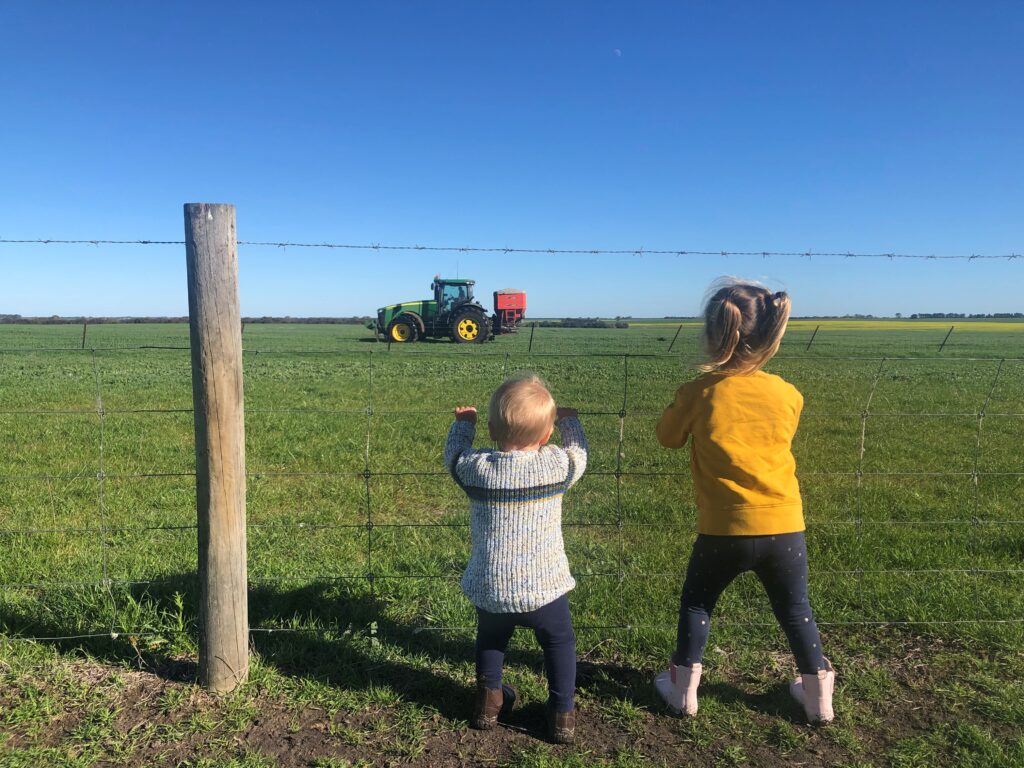Ensuring Child Safety on Farms
In the heart of the farming community, safety is paramount, especially when it comes to our most precious assets: our children. The recent Kid Safe Child Injury Prevention Symposium – Growing Up Safely on Farms, shed light on critical aspects of child safety in agricultural settings. Dr. Richard Franklin’s enlightening keynote address and our own contributions to the event emphasized the importance of education and vigilance in safeguarding our young ones. This article distills the key takeaways from this insightful symposium, providing a guide to child safety on farms.
Life on the Farm: A Tapestry of Learning and Safety
Growing up on a farm is a unique and enriching experience for children, offering unparalleled opportunities for growth and discovery. However, it’s essential to acknowledge that rural settings present distinct risks that differ from urban environments. From animal interactions to exposure to machinery, chemicals, and large infrastructure, we must be proactive in ensuring our children’s safety. Here are the pivotal guidelines derived from the symposium:
1. Integrating Child Safety into Work Health and Safety Management Systems
A robust Work Health and Safety Management System is a cornerstone of child safety on farms. Key elements include:
- Incorporating Children in the Risk Register: Identify potential risks involving children and establish appropriate controls.
- Developing Safety Procedures: Create clear protocols on how to maintain children’s safety on the farm.
- Family Induction: Initiate a comprehensive introduction for new families, encompassing resources like “Kidsafe: A Parent’s Guide to Kidsafe Farms,” informative videos, and detailed procedures for children’s presence in the workplace.
2. Family Induction: A Crucial First Step
Welcoming new families to the farm requires a meticulous Family Induction process, involving:
- Familiarisation with Resources: Review “Kidsafe: A Parent’s Guide to Kidsafe Farms” and share educational materials.
- Educational Videos: Utilize resources like the KidSafe Video to visually reinforce safety messages.
- Procedure Familiarization: Ensure families understand the procedural nuances of children’s presence in the workplace.
3. General Rules for Child Safety
Implementing overarching rules sets the tone for child safety:
- Farm Manager Notification: Prior to children visiting, inform the Farm Manager to facilitate appropriate precautions.
- Parents’ and Guardians’ Responsibilities: Parents and guardians hold the primary responsibility for supervising and safeguarding children. Clearly define out-of-bounds areas and communicate these rules to visitors.
- Age-Appropriate Supervision: Children under 16 should always be supervised by adults, not older children.
- Positive Reinforcement: Encourage safe behavior through positive reinforcement.
4. Setting Boundaries to Ensure Safety
Educating children about potential dangers and establishing clear boundaries are vital:
- Risk Education: Teach children about hazards like machinery and chemicals.
- Secure Storage: Lock farm workshops, chemical sheds, and high-risk areas when not in use.
- Access Control: Secure silos, tanks, wells, and install ladder access guards.
- Hazardous Area Boundaries: Establish clear boundaries around high-risk zones.
5. Designing Safe Play Areas
Dedicated play areas contribute to a safer environment:
- Fenced Residential Spaces: Fence off residential areas to create secure play zones, ensuring gates are closed.
- Hazards-Free Zones: Keep play areas free of hazards and separated from driveways.
- Additional Rules: Apply specific “Out of Bounds” regulations for high-risk zones.
6. Machinery, Firearms, and Chemical Safety
Proper handling of machinery, firearms, and chemicals is paramount:
- Machinery Awareness: Keep children at a safe distance from noisy machines and ensure hearing protection.
- Firearm Safety: Store firearms securely and away from children’s reach.
- Chemical Handling: Maintain safe distances during chemical use and store them in locked sheds.
7. Water Safety and Animal Interaction
Address water safety and animal interaction effectively:
- Drowning Prevention: Eliminate drowning risks by securing wells, dams, and post holes.
- Animal Interaction: Teach children how to approach animals and ensure aggressive animals are kept away from inhabited areas.
8. Recreational Activities and Emergency Preparedness
Balancing recreation and emergency readiness is crucial:
- Safe Recreation: Designate separate recreational areas away from farming operations.
- Adequate Supervision: Supervise children during activities and provide appropriate safety equipment.
- Emergency Awareness: Ensure children understand emergency protocols and appropriate responses.
Stay Informed, Stay Safe
By adhering to these comprehensive guidelines, we can cultivate a culture of safety on farms that resonates for generations to come. It’s imperative to recognize that maintaining a secure environment demands ongoing vigilance and transparent communication. As we continue to nurture the future generation amidst our farmlands, let’s commit to prioritising their safety above all else.
If you would like to learn how ProcessWorx can help your farm be safer, please contact us on 08 93169896, enquiries@processworx.com.au.
Follow ProcessWorx on LinkedIn, Facebook, Instagram, YouTube, and Twitter to keep up with the latest HR and Safety news.
Danielle McNamee






